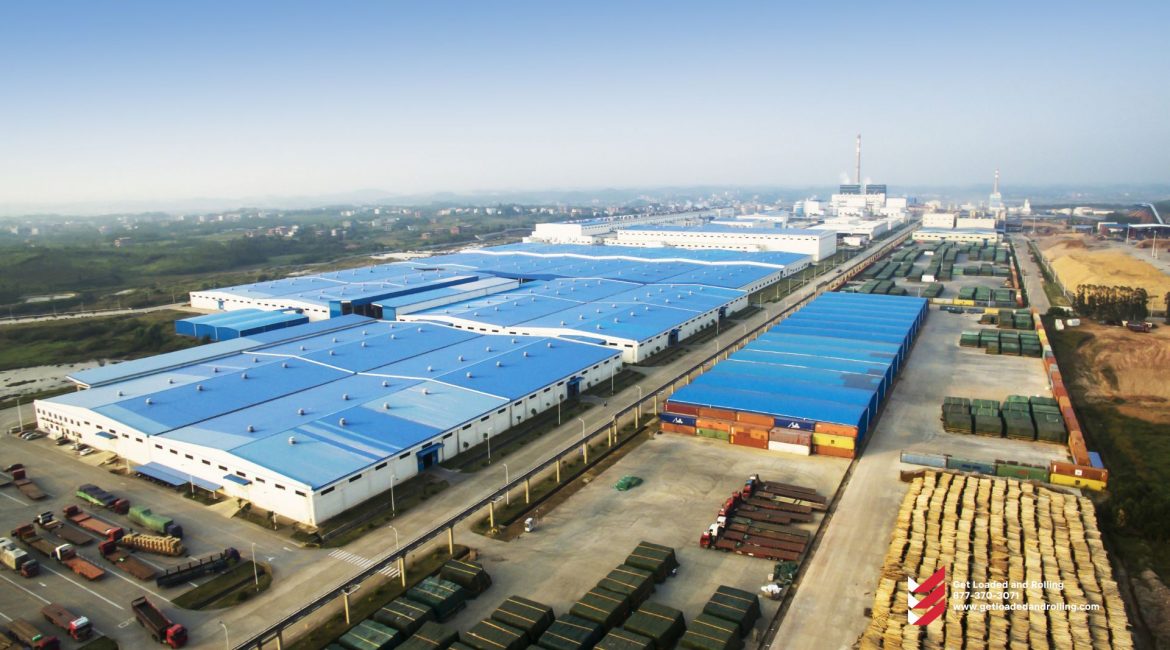Forward Air, an asset-light transportation provider, continues to outperform and exceed expectations. Even as the freight economy cools, the company’s forecast for the fourth quarter and 2023 calls for continued revenue growth and stable margins.
Forward (NASDAQ: FWRD) reported third-quarter earnings per share of $1.93, 3 cents higher than the consensus estimate and a penny higher than management’s guidance range of $1.88 to $1.92. The result was 79 cents higher year over year (y/y) on an adjusted basis. Consolidated revenue increased 22% year on year to $510 million, approaching the midpoint of management’s quarterly forecast.
“We’re succeeding in a softer environment.” “We’re winning this year and we’re going to win next year,” Chairman, President, and CEO Tom Schmitt told analysts on a conference call on Thursday.
Forecast for Q4 and 2023
The company issued fourth-quarter revenue guidance of 7% to 11% year on year, or $501 million at the midpoint of the range. At the time of publication, the outlook was $4 million lower than the consensus estimate. However, EPS guidance of $1.98 to $2.02 was 15% higher than analysts’ forecast of $1.74.
According to the fourth-quarter forecast, full-year 2022 EPS will be $7.50 or higher. Management anticipates that EPS will begin to rise again in 2023 as revenue (potentially tonnage and likely yields) rises further. The current consensus estimate for EPS for next year is $6.95.
The revenue catalysts are an increase in in-person events, share wins from core forwarding customers, and Forward’s efforts to sell directly to shippers who do not use forwarders. On the cost front, the company will use less outside transportation capacity, expecting to see margin synergies across modes as they complement one another better.
According to Schmitt, freight from events has returned roughly 75% of its pre-pandemic level. He expects that figure to rise to 90% by 2023, even as recession fears force consumers to tighten their belts.
“We want to be in an experience-based economy again after two and a half years of everyone here living in a home-based economy,” Schmitt said. “When you cut back on your spending, and you’ve already bought two refrigerators and three microwaves, you’re probably going to spend a dollar on that concert… and going on that trip.”
Highlights from the the Q3 and additional projections
Revenue in Forward’s expedited freight segment, which includes less-than-truckload, truckload, and final mile, increased 16% yearly to $396 million. Shipments increased by 8% yearly, but weight per shipment decreased by 6%, increasing by only 2% (tonnage per day was down 4% from Q2). Tonnage increased by 3% in July, 5% in August, and slightly decreased in September compared to 2021. Tonnage is down 5% year on year so far in October.
Management forecasts a 5% year-on-year decline in tonnage for the expedited freight segment next year.
Yields have remained stable as volumes have decreased. Revenue per hundredweight increased 7% yearly, excluding the impact of fuel surcharges. The figure was down 4% from the previous quarter.
“We’re not done with pricing actions yet,” Schmitt said. “You should anticipate the same pricing discipline — accelerating — as you would from any other first-class transportation company.”
Higher yields and cost control increased the unit’s operating margin by 410 basis points year on year to 14.2%. Purchased transportation (down 270 basis points) and salaries, wages, and benefits saw the greatest changes in cost as a percentage of revenue (down 120 bps). Miles flown with third-party capacity were down to 5% from around 25% in the first quarter.
During September, the LTL offering had a sub-80% operating ratio, which Schmitt believes is achievable in 2023. His forecast, however, calls for lower fuel surcharge revenue, which would be a drag.
Intermodal revenue grew 46% year on year to $114 million. Drayage loads fell 3% yearly, but this was more than offset by a 62% increase in revenue per shipment. Over the last year, the company made a couple of acquisitions in the division, which helped the bottom line. The operating margin for the division increased by 340 basis points to 14.5%.
Given the organic opportunities within the companies it recently acquired, management expects the intermodal segment to grow by double digits next year. Double-digit margins are expected to remain in the division indefinitely, even as accessorial fees from holding and storing freight decline now that supply chain congestion has eased.
FWRD shares were up 0.8% at 12:14 p.m. EDT Thursday, outperforming the S& P 500, which was down 0.1%.
Before the report, the stock had gained 5.1% since the company released its second-quarter results on July 27. In comparison, the MerQube FreightWaves Supply Chain Tech Index (SCTI) fell 9% during the same period. The SCTI assesses the share price performance of technology-enabled supply chain service providers such as Forward Air.
